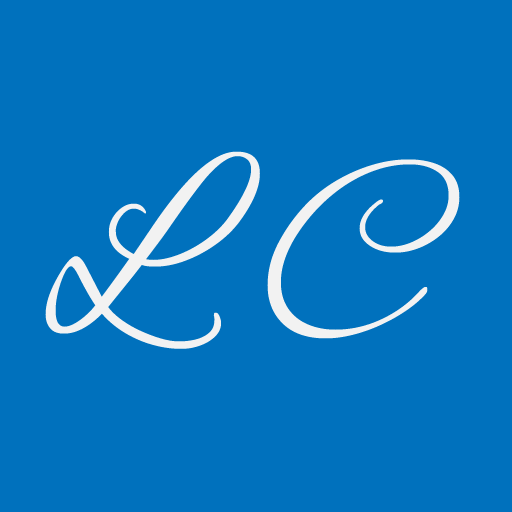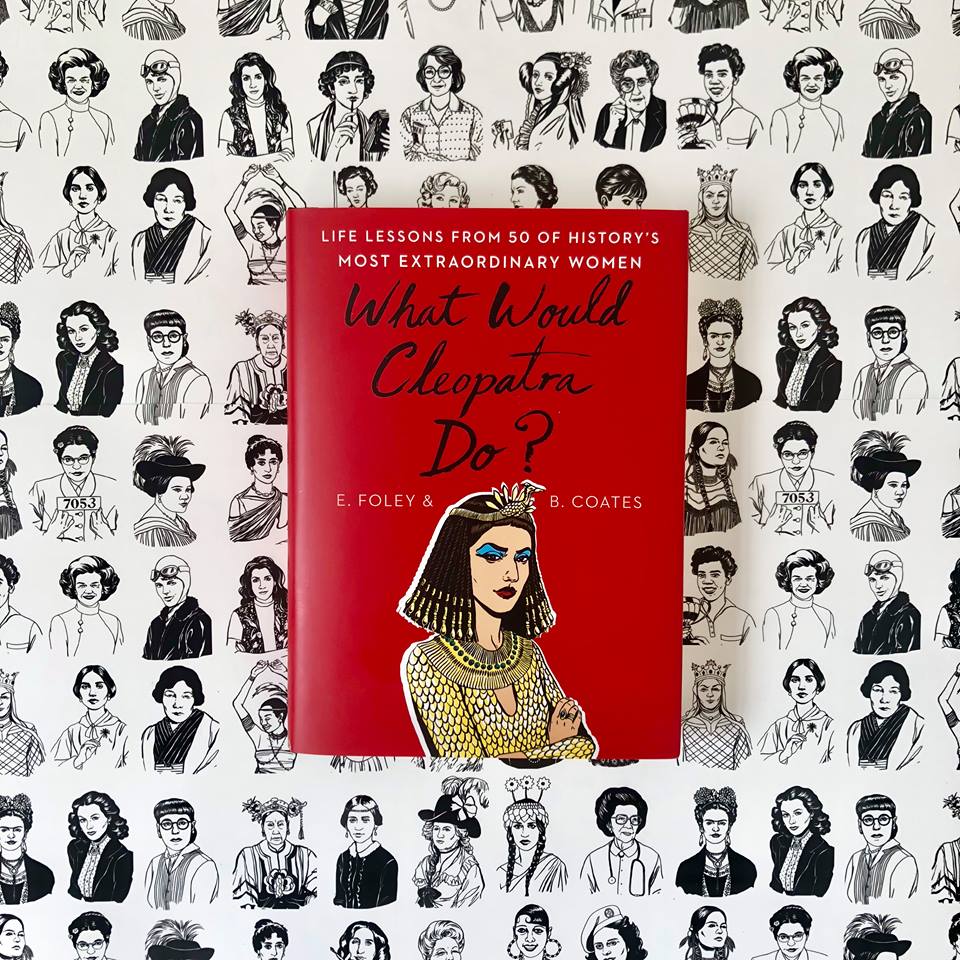I recently found myself at the airport having just finished my latest read with time to spare before boarding the plane. What better way to kill time than peruse the airport bookstore! Often my next book presents itself to me, and this is just what happened within minutes of walking into the store.
On the bottom of a shelf, this bright, provocative cover popped out at me: What Would Cleopatra Do? Life Lessons from 50 of History’s Most Extraordinary Women. Authors Elizabeth Foley and Beth Coates describe the book came about as “the result of a mistake.” With outrages like Harvey Weinstein and Pussygate, they found themselves looking to the past for inspiration from outstanding women who lived in the days of “unapologetic sexist oppression” and found ways to “shine and flourish.”
Skimming the introduction, I quickly shared Foley and Coates’ fascination that many of these unique and brave women had shared life experiences, such as: educated like boys by their parents, had fame under different names, and were sexually unconventional for their times. Reading they lived as “true strivers,” and “put up with a lot of haters to get where they wanted to be” inspired me to make my way to the register to pay. Then I noticed I was standing at the Young Adult bookshelf. I paused, perused the book a bit more, and said what the heck. I am glad I did.
What Would Cleopatra Do? gives us a tour of 50 women who are “flawed and fabulous,” “stereotype-smashing supergirls” and “extraordinary in their own kick-ass ways.” With chapters no longer than five pages, at the end of each Foley and Coates sum up what we can learn from these women and take into our own lives. Some of the women profiled I already knew about and learned even more. Others I knew little or nothing about, like these three:
Wang Zhenyi
The authors call Wang Zhenyi “the Neil deGrasse Tyson of eighteenth century China.” Living in a time when people thought lunar eclipses meant the gods were angry, Ms. Zhenyi had figured out they represented much more – that lunar eclipses resulted from “complex astronomical events.” In a famous experiment she “mimicked the conditions of an eclipse” and showed “it’s definitely because of the moon.” Foley and Coates inspire readers to take a page from Zhenyi and boldly “dust off your lab coats…you might end up with a Venusian crater named after you, just like Wang Zhenyi.”
Sheila Michaels
Do you know where the term Ms. came from? I didn’t. The authors explain that while it came up in 1901 in the US and closely paralleled “the practice…in many bucolic religions,” it did not catch on until Sheila Michaels used the term on a New York radio broadcast in 1969. Gloria Steinem got wind of the term, and ended up using it as the title of her infamous magazine. I love how Foley and Coates describe Michaels’ lasting legacy as the “awareness about how women project their own identities and choices into the world.”
Enheduanna
One of my favorite chapters in this book introduces readers to Enheduanna who lived C.2300 BCE in southern Mesopotamia. As a high priestess, her creative body of work included forty-two hymns and a series of poems. Enheduanna “bagged herself the claim of being history’s first writer – yes, the very first recorded writer in our planet’s history.” Others have described her as the “author of authorship itself.” As a writer, this sure gave me pause. Whether writer or not, we learn how Enheduanna’s written legacies can spark everyday creativity in all of us.
While recommended for pre-teen/teen young women, Foley, Coates and illustrator Bijou Karman hit a sweet spot for a clever and entertaining read for men and women of all ages. For double enjoyment, read it with daughters, nieces, goddaughters, and young women mentees!

